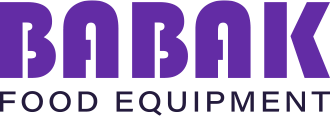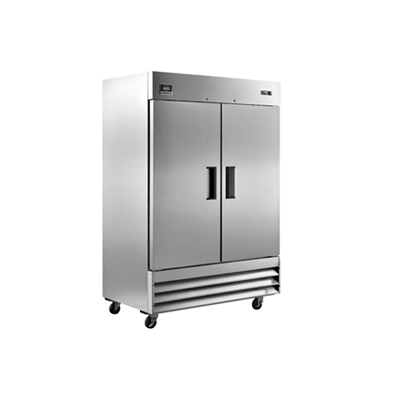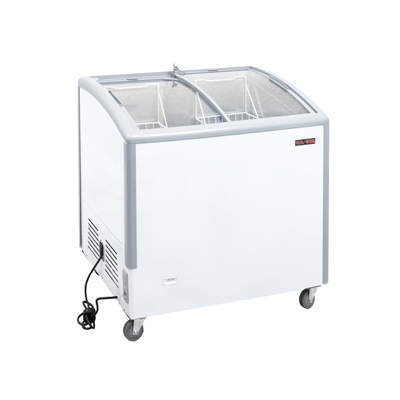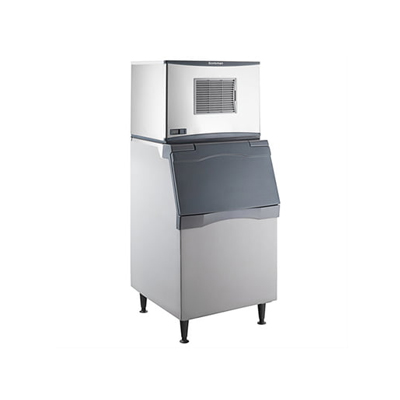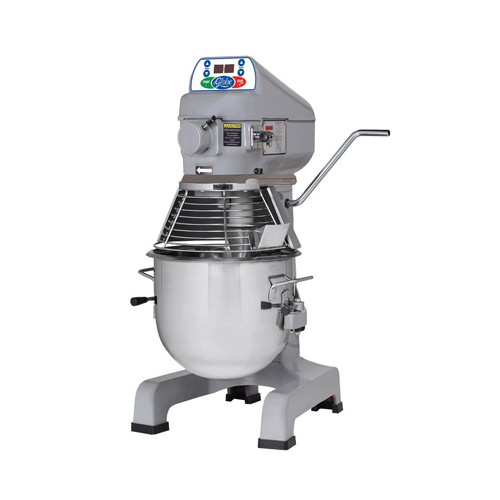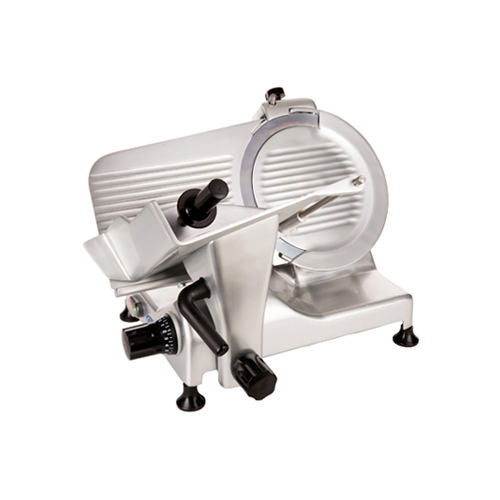Effective Grease Trap Grease Disposal Methods for Restaurants
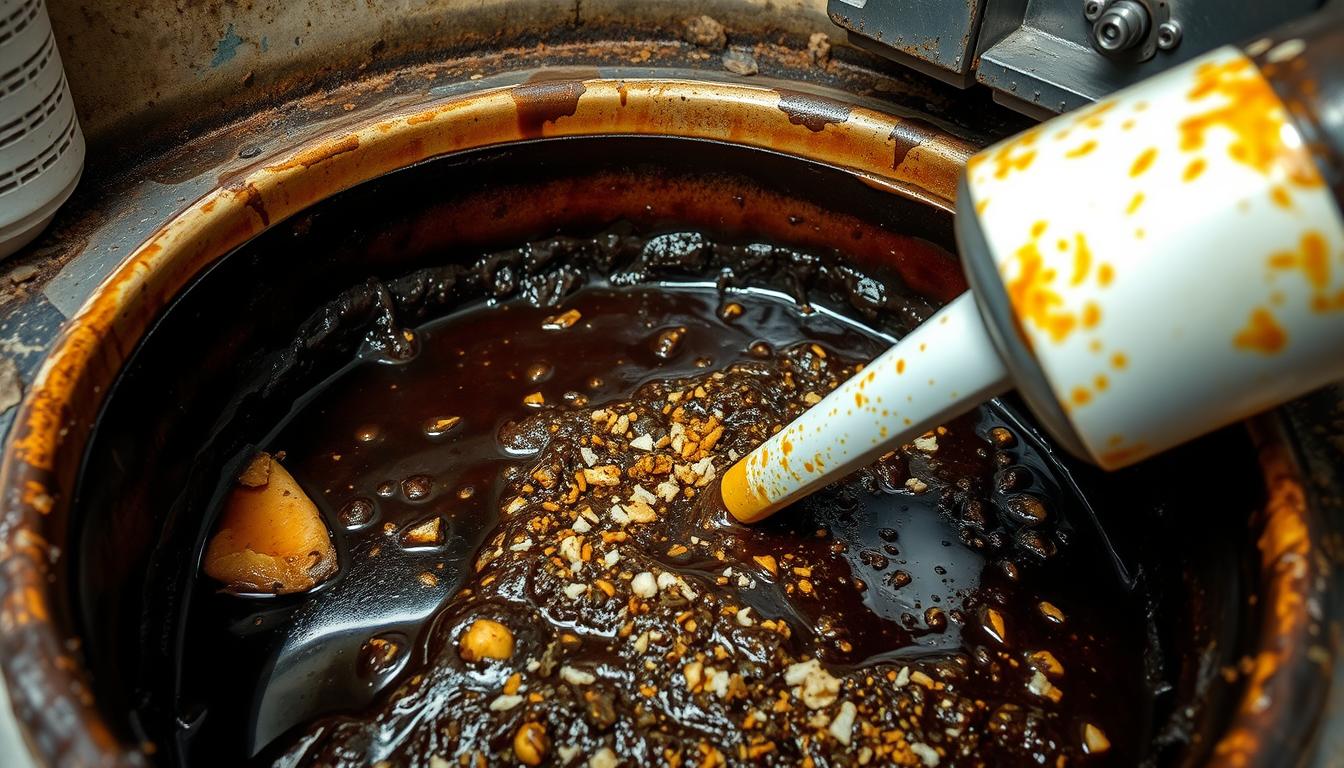
If you own or manage a restaurant, you know grease buildup is a big problem. It’s responsible for about 40% of sewer blockages. At Babak Food Equipment, we help you manage grease trap grease. We offer solutions to make your kitchen operations smoother.
Keeping your grease trap clean is key to avoiding sewer blockages. It also helps you follow health and safety rules. If you don’t dispose of grease right, you could face fines from $500 to $10,000. To avoid these problems, focus on maintaining your grease trap. For help, call us at 604-566-9747 or visit us at 7190 Randolph Ave Burnaby, BC V5J 4W6, Monday – Friday, 9:00 am – 5:00 pm.
Using the right grease trap disposal methods can save you from sewer blockages. It also helps protect the environment and keeps your restaurant in line with local laws. In this article, we’ll share the best ways to maintain your grease trap. We’ll also give you tips on how to handle grease disposal effectively.
Understanding the Importance of Grease Trap Maintenance
As a restaurant owner, you know how vital a clean kitchen is. Grease trap cleaning and grease trap maintenance are key. Grease traps catch grease, stopping it from getting into the sewer. Keeping them clean is essential for a smooth kitchen.
Ignoring grease traps can cause big problems. It can shorten their life by 50%, leading to more repairs. Grease overflows can also lead to fines from $500 to $25,000, depending on the law.
It’s wise to check your grease trap every three months. Doing so can save you up to 50% on plumbing costs. By focusing on grease trap maintenance and grease trap cleaning, you can cut grease buildup by over 80%. This greatly lowers the chance of overflows and clogs.
- Reduced risk of overflows and clogs
- Lowered risk of environmental damage
- Decreased risk of health hazards
- Cost savings on plumbing repair costs
Understanding the role of grease trap maintenance and grease trap cleaning is key. It ensures your kitchen runs well and safely. Always remember to check and maintain your grease traps regularly to avoid big problems.
Types of Grease Trap Grease
As a restaurant owner, knowing about grease trap grease is key for upkeep and disposal. A grease trap installation is vital to avoid blockages and protect the environment. Fats, oils, and greases (FOG) from cooking can solidify and clog kitchen drains and traps.
Fats, Oils, and Greases: The Basics
Fats, oils, and greases are the main parts of grease trap grease. Proper management of these is essential to avoid blockages and pollution. In a commercial kitchen, knowing about FOG and its role in maintenance is critical.

Environmental Impact of Waste Grease
Waste grease has a big environmental impact, with nearly 500,000 tonnes entering the UK sewerage system yearly. Effective grease trap maintenance is key to stop blockages and pollution. By using a quality commercial kitchen grease trap and regular upkeep, restaurants can lessen their environmental impact and avoid expensive fixes.
Common Sources of Grease in Restaurants
Grease in restaurants comes from cooking, dishwashing, and food prep. Regular checks and upkeep of grease traps help spot and fix these sources. This reduces blockage and pollution risks. By understanding grease types and managing them well, restaurants can keep their kitchens safe and efficient.
Best Practices for Grease Trap Maintenance
As a restaurant owner, you know how vital a working grease trap is. It keeps your kitchen flowing smoothly and saves you from expensive fixes. Regular checks and clean-ups are key to a grease trap’s health and to meet grease trap regulations. A grease trap service can keep your trap in top shape and avoid problems.
To keep your grease trap in good condition, do the following:
- Clean your grease trap every 1 to 3 months
- Check your grease trap often to avoid blockages and costly repairs
- Keep a record of your grease trap maintenance to follow regulations
By sticking to these practices, your grease trap will work well and meet all rules. This reduces the chance of blockages and expensive fixes. Regular upkeep also lowers the risk of fires and bad smells in your kitchen.
| Maintenance Task | Frequency |
|---|---|
| Cleaning grease trap | Every 1 to 3 months |
| Inspecting grease trap | Regularly |
| Recording maintenance | After each maintenance task |
Grease Disposal Methods for Restaurants
As a restaurant owner, you know how key grease disposal is. Grease trap pumping keeps your kitchen clean and running smoothly. It stops clogged pipes and saves you money on repairs.
There are many ways to get rid of grease, like manual pumping, recycling used oil, or using commercial services. Proper disposal through recycling turns used oil into biodiesel. This cuts down on costs and helps the environment.
Good grease disposal has many benefits:
- Less chance of clogged pipes and expensive fixes
- Less harm to the environment
- Staying in line with local laws and avoiding fines
Choosing the best grease disposal method keeps your kitchen clean and efficient. It also helps the planet. 
Legal Regulations and Compliance
As a restaurant owner or manager, knowing the laws about grease trap maintenance is key. Laws about grease traps differ by area, but most places require commercial kitchens to have one. This is to stop sewage blockages. Not following these rules can lead to big fines, up to $50,000 a day.
Getting regular grease trap service is important to follow local laws. Keeping grease traps clean helps avoid expensive repairs and fines. The Food Service Establishment Environmental Code of Practice says grease traps must be emptied monthly. They also suggest cleaning them before grease and solids hit 25% of the trap’s volume or every four weeks.

- Mandatory installation of grease traps for food service establishments
- Maximum fines for not installing or improperly operating a grease trap can reach up to $100,000
- Responsibilities for costs incurred from grease-blocked sewers are charged back to the respective food service establishments
By following grease trap laws, restaurants can avoid big fines and keep a good image. It’s vital to team up with a trusted grease trap service. This ensures you meet local rules and avoids expensive problems.
Choosing a Grease Disposal Service
As a restaurant owner, picking the right grease disposal service is key. It keeps your kitchen clean and running smoothly. Look at the grease trap grease your place makes and how often it needs cleaning. A good service will keep you in line with laws and save you money on repairs.
Look for a service with restaurant grease trap experience. They should also offer green solutions, like recycling cooking oil. This cuts down waste and helps the planet. The best restaurant supply store in Vancouver says a grease collection service is a smart choice.
When picking a grease disposal service, think about these things:
- Experience in handling grease trap maintenance and cleaning
- Eco-friendly solutions, such as recycling used cooking oil
- How often they clean and maintain
- What the service costs and if there are extra fees
By looking at these points and picking a trustworthy service, your kitchen stays clean and efficient. You’ll also help the environment.

| Service | Frequency | Cost |
|---|---|---|
| Grease trap cleaning | Every 1-3 months | $200-$500 |
| Used cooking oil recycling | Weekly | Varies |
Innovative Technologies for Grease Management
As a restaurant owner, you know how vital a clean and efficient kitchen is. Grease management is key to this. New technologies can make managing grease easier, cutting down on repair costs and environmental harm. A well-kept commercial kitchen grease trap stops grease buildup and meets regulations.
There are many new ways to manage grease, like self-cleaning traps, advanced monitoring, and smart systems. These tools help you manage grease better, cutting down on manual cleaning and blockage risks. It’s also important to regularly install and maintain grease traps for these systems to work well.
- Reduced labor costs through automated cleaning and monitoring
- Improved compliance with environmental regulations
- Minimized risk of blockages and costly repairs
- Enhanced operational efficiency and reduced downtime
Using these new technologies can make grease management simpler, cheaper, and more eco-friendly. It helps your kitchen run better and greener.
Tips for Reducing Grease Production
Keeping your kitchen clean and efficient means less grease. Simple strategies can help. By using these, you’ll need to clean your grease trap less often.
Start by changing your menu to use less grease. Try baking or grilling instead of frying. Also, teach your staff how to use oil wisely and dispose of it properly.
Good kitchen habits also help. Scrape off leftover food before washing and pre-rinse dishes. These steps cut down on grease and solids in the trap.
Other ways to cut grease include:
- Use only what cooking oils and fats you need
- Save used cooking oils for recycling
- Put a strainer or screen over drains to catch solids
By following these tips, you can lower grease production. This makes your kitchen more efficient and sustainable.
Conclusion: The Future of Grease Trap Grease Disposal
The future of grease trap grease disposal is all about being green and responsible. Restaurants need to find new ways to handle grease that are good for the planet. They should look for solutions that follow the rules and help the environment.
Embracing Sustainability in Restaurants
The food service industry is key in managing waste. Handling grease trap grease right is very important. Restaurants can make a big difference by using green practices.
grease trap grease
They can turn grease waste into useful things like biofuels, animal food, and fertilizers. This makes a big circle of life.
The Role of Technology in Waste Management
New tech is changing how we deal with grease trap waste. Smart grease traps and advanced monitoring help restaurants work better. They make sure grease is disposed of right and follow local laws.
restaurant grease trap
These new tools also make the industry more sustainable. They help restaurants be more efficient and green.
Encouraging Responsible Practices among Staff
Teaching staff about proper grease disposal is key. Restaurants can create a green culture. This helps staff make better choices and reduce waste.
grease trap grease
This teamwork can greatly reduce the industry’s environmental impact. It’s a big step towards a greener future.
The push for sustainability and new ideas is exciting. The future of grease disposal in restaurants looks bright. With these advancements, restaurants can improve and help the planet at the same time.
